The Corona epidemic has far reaching consequences in all sectors. Everything from the obvious health, economic to social issues are influenced. However there are also many smaller matters that aren’t immediately apparent. For instance, the role of touch screens and kiosks in the spread and stopping of the pandemic.

Kiosks during the Corona Pandemic
The use of kiosks during the Corona pandemic is a double edged sword. Since SARS-CoV-2 can spread through direct contact with other people, social distancing is highly advisable. However life must go on and everything can not be done online. Many jobs can not be done from a home office. Sometimes seeing the doctor in person is unavoidable. Therefore we need new solutions that allow us to conduct certain transactions without human contact, for example paying for products and services, printing prescriptions, asking for directions. These are all things that kiosks can be utilized for. However using touch-screen kiosks could in fact help spread the virus, if not done properly.
One way to make the kiosks safer would be to sanitize them in regular intervals. That however would be redundant as popular locales will have people using kiosks constantly. Placing a hand sanitizer bottle also may not be enough as not everybody cares enough about their own and other’s health.
Making Kiosks Safe Again!
One ingenious solution comes from Freetouch. This solution allows users to access touchscreens without ever touching it. The user can click, drag, scroll throughout the display just as they would with a laptop. This means that companies don’t need to make any additional investments in an already uneasy time. Also, the solution is quite Eco-friendly as there are no hand sanitizers or personal protective equipment being used!
A novel solution like Freetouch might be a bit confusing for some people, who just want to carry on as they did before the pandemic. Thankfully there are ways to make the screens of kiosks themselves kill bacteria. Many companies now have come forth with anti-microbial coating for touch screens. This coating can be added to touch screens without installing a completely new kiosk.
Voice activated kiosks are also an option of course. This kind of solution also makes kiosks more accessible for people who may not be ale to use touch screens because of a disability.
Investing In the Future
These are just some examples of human ingenuity overcoming the difficulties created by the current pandemic. The thing to remember is that this will not be the last pandemic to hit our global community. The investments we make in our safety will pay dividends for generations to come. Making the world more accessible through wayfinding and self-service kiosks will help curb unnecessary costs for enterprises and help keep us safe.

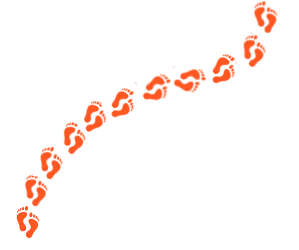
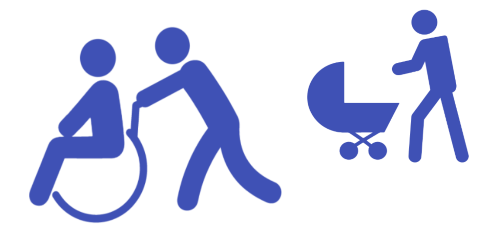
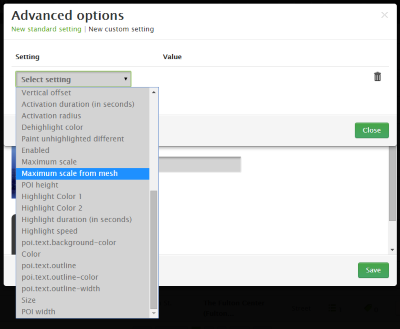
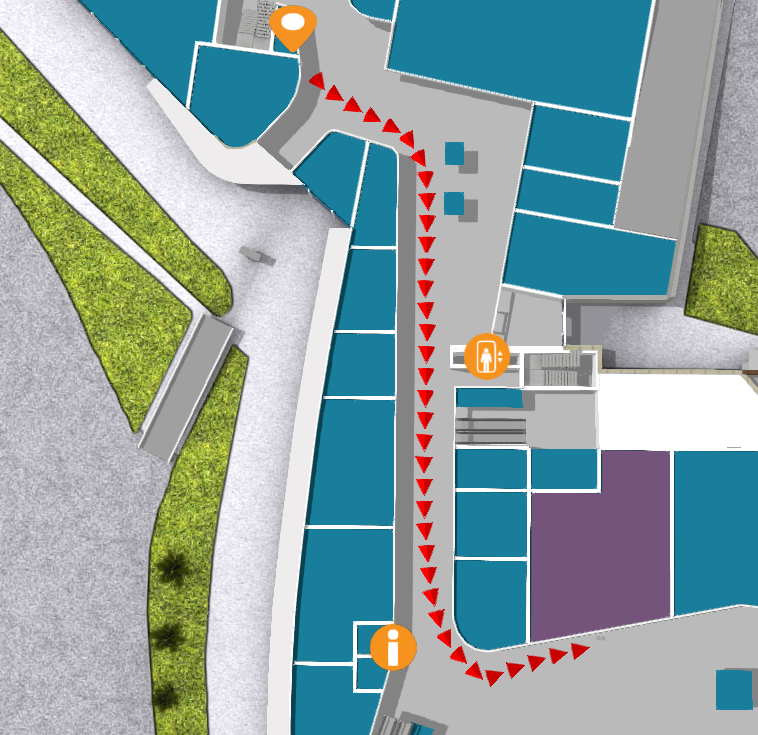
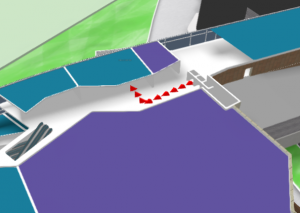
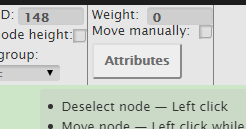 9PM:
9PM: